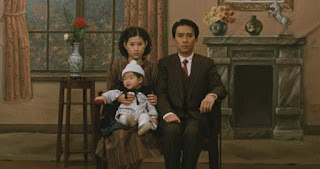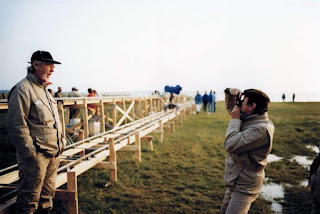A City of Sadness (1989, Hou Hsiao-hsien)
Asian family dramas are the most hauntingly pleasurable stuff I love to watch for they're the most relatable and if there's history attached to it, one can't expect anything more. When ambiguous and troubled characters are explored on the backdrop of historical turmoils, it does leave one with an immeasurable scar, and with A City of Sadness, Hou precisely does that.
Hou's seminal work begins with a phenomenally crafted opening sequence as we see Hou illustrate two things simultaneously- A woman giving birth and a portrait of Taiwan's political status through radio commentary. In less than five minutes, Hou sets up the film in the most enthralling yet unusual way.
Politics plays a substantial part in Hou's film. Set in a time after the end of fifty years of colonial rule, A City of Sadness follows a disjointed family dealing with their shortcomings aftermath of Japan's unconditional surrender, all captured in a elliptical manner through Hou's stagnant camera.
As the title goes, there's a sense of melancholy as the characters deal with their tragedy and the sadness lingers and seeps on throughout the film. When the film ends, one can just gaze at the screen, just like one of the protagonists in utmost silence and shed a few tears here and there.
A City of Sadness is a prime example of a family drama, a tale of adapting to the changing times, where Hou doesn't want to ingratiate the audience rather let them dwell in humanity's never-ending cry and yet find moments of serenity amidst it.
A transcendental piece of art, where silence and chaos collide in a melancholic world.








Comments
Post a Comment